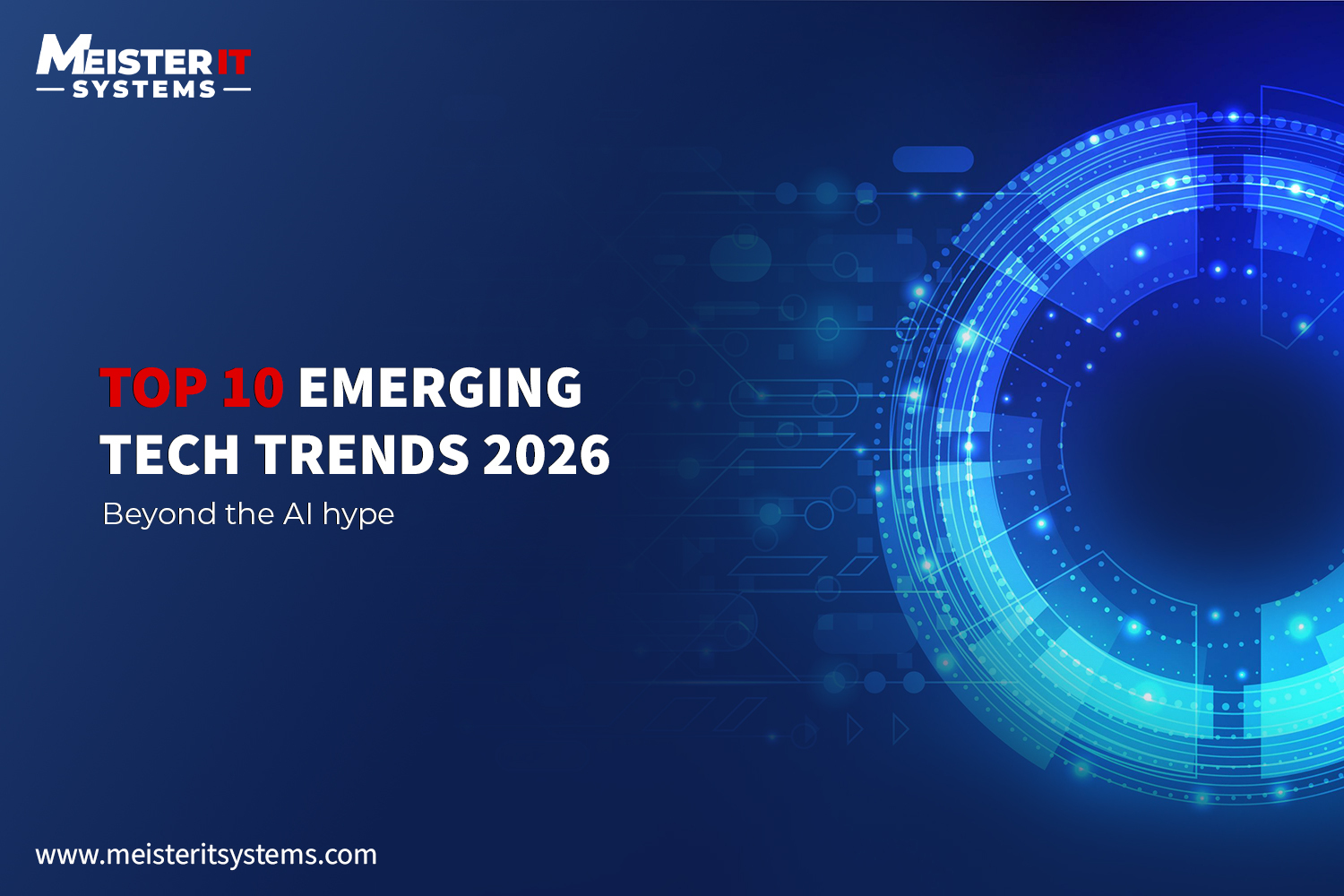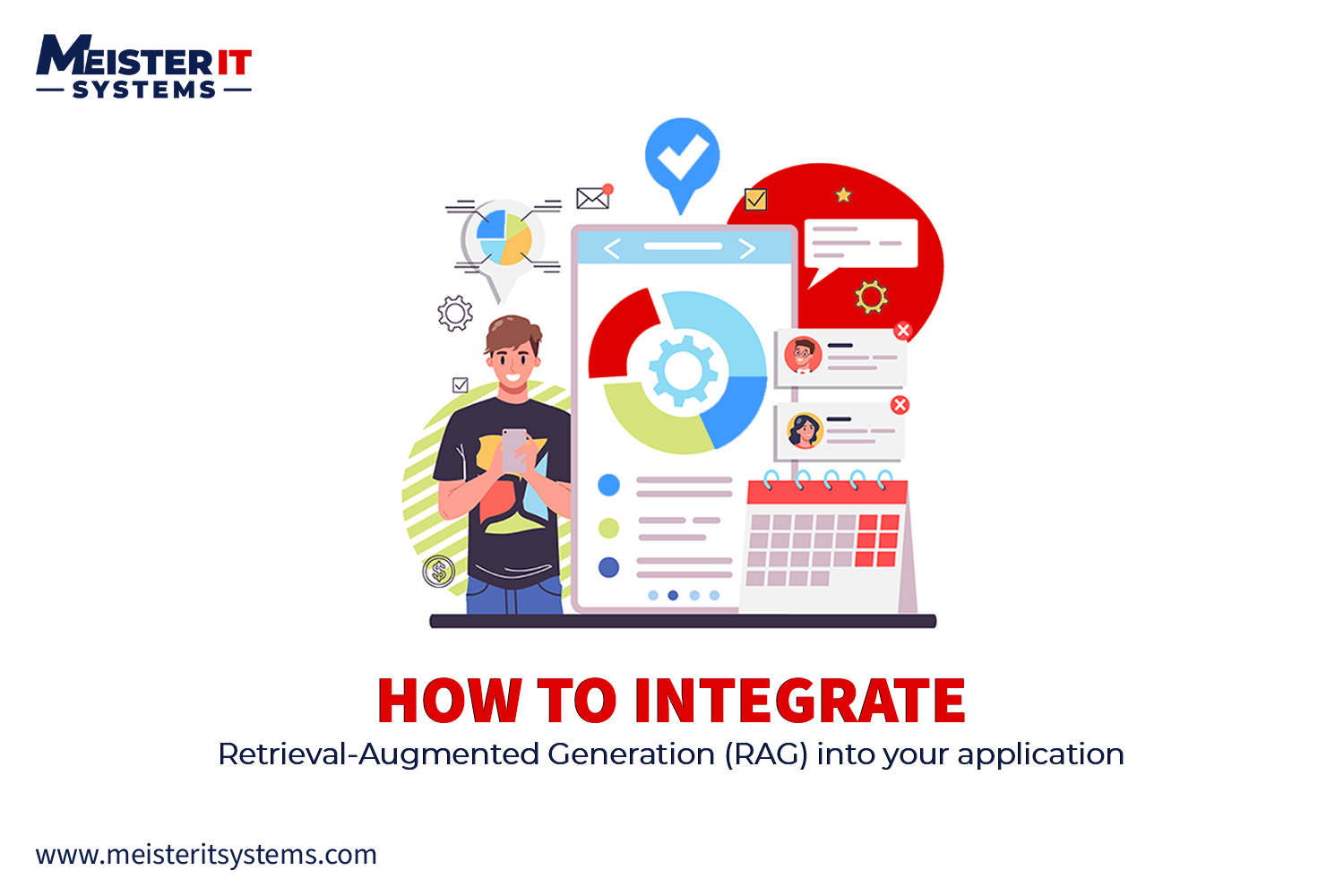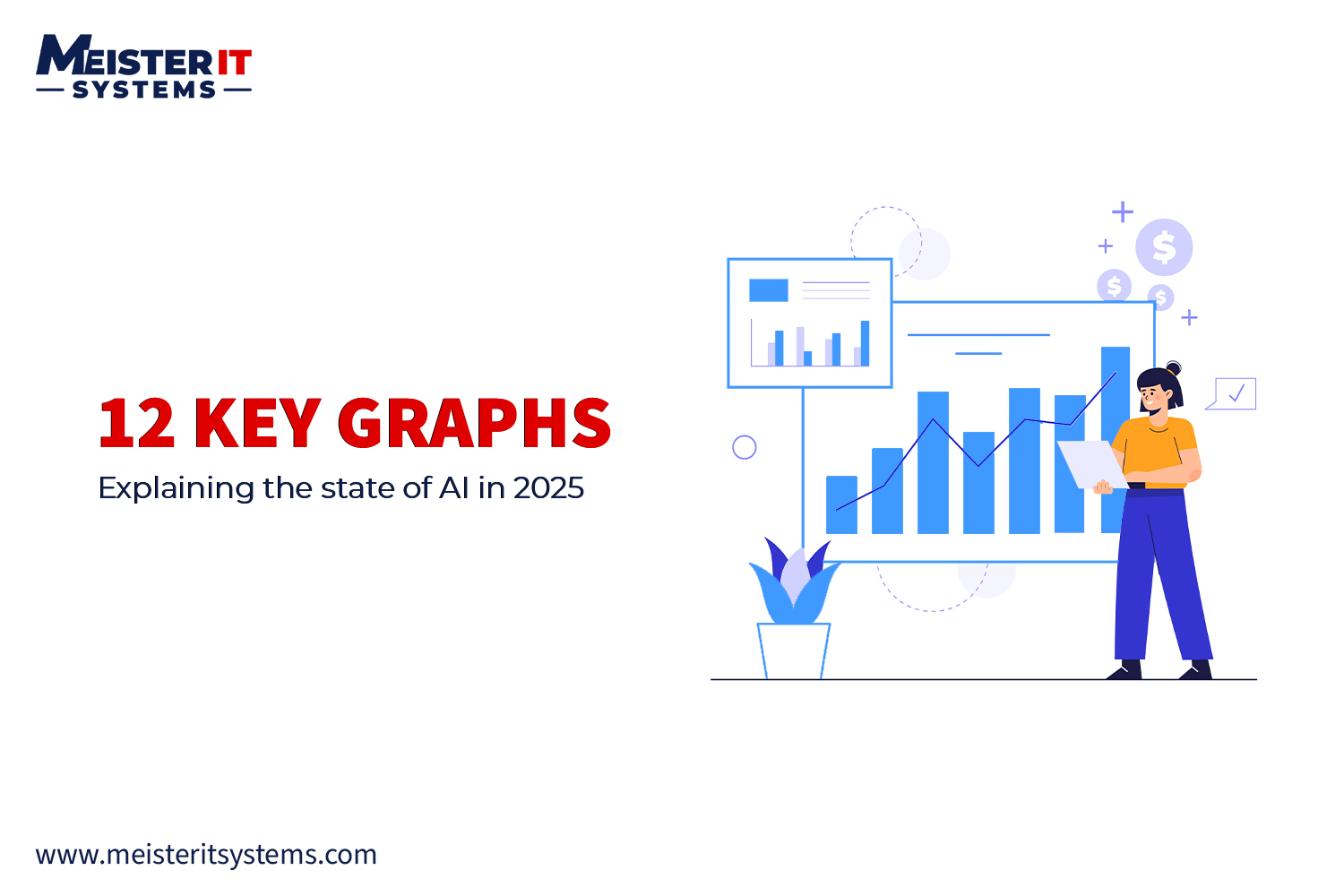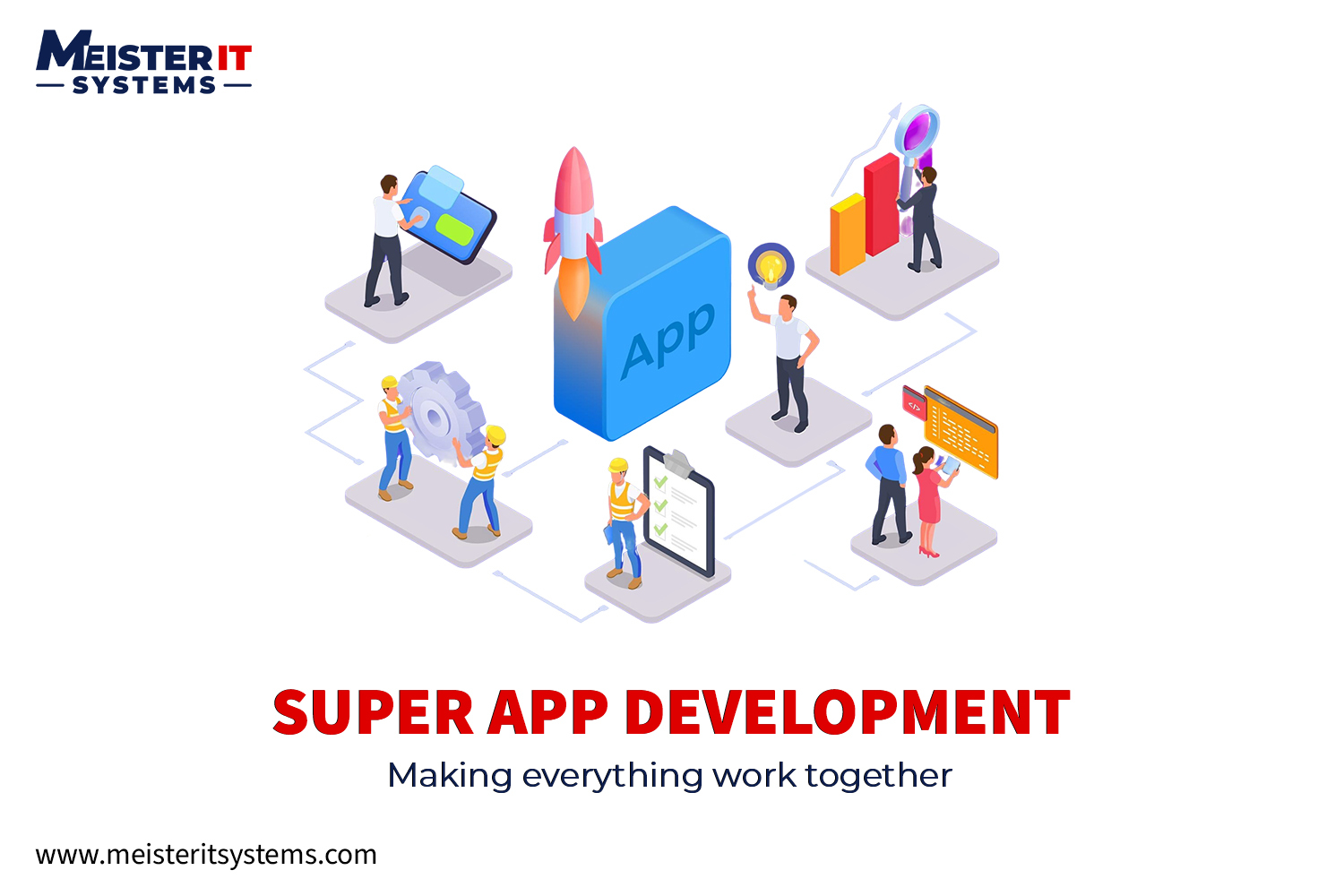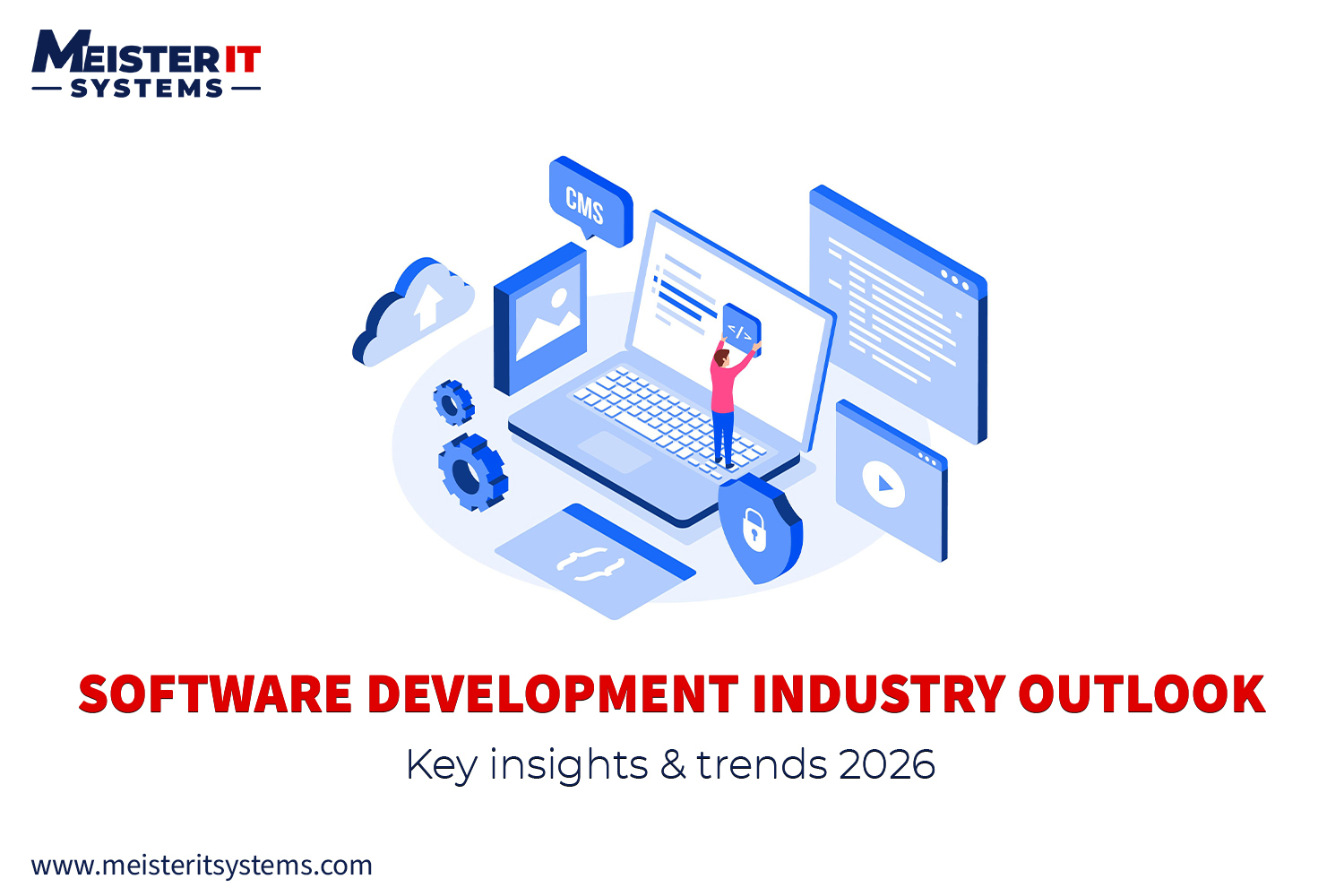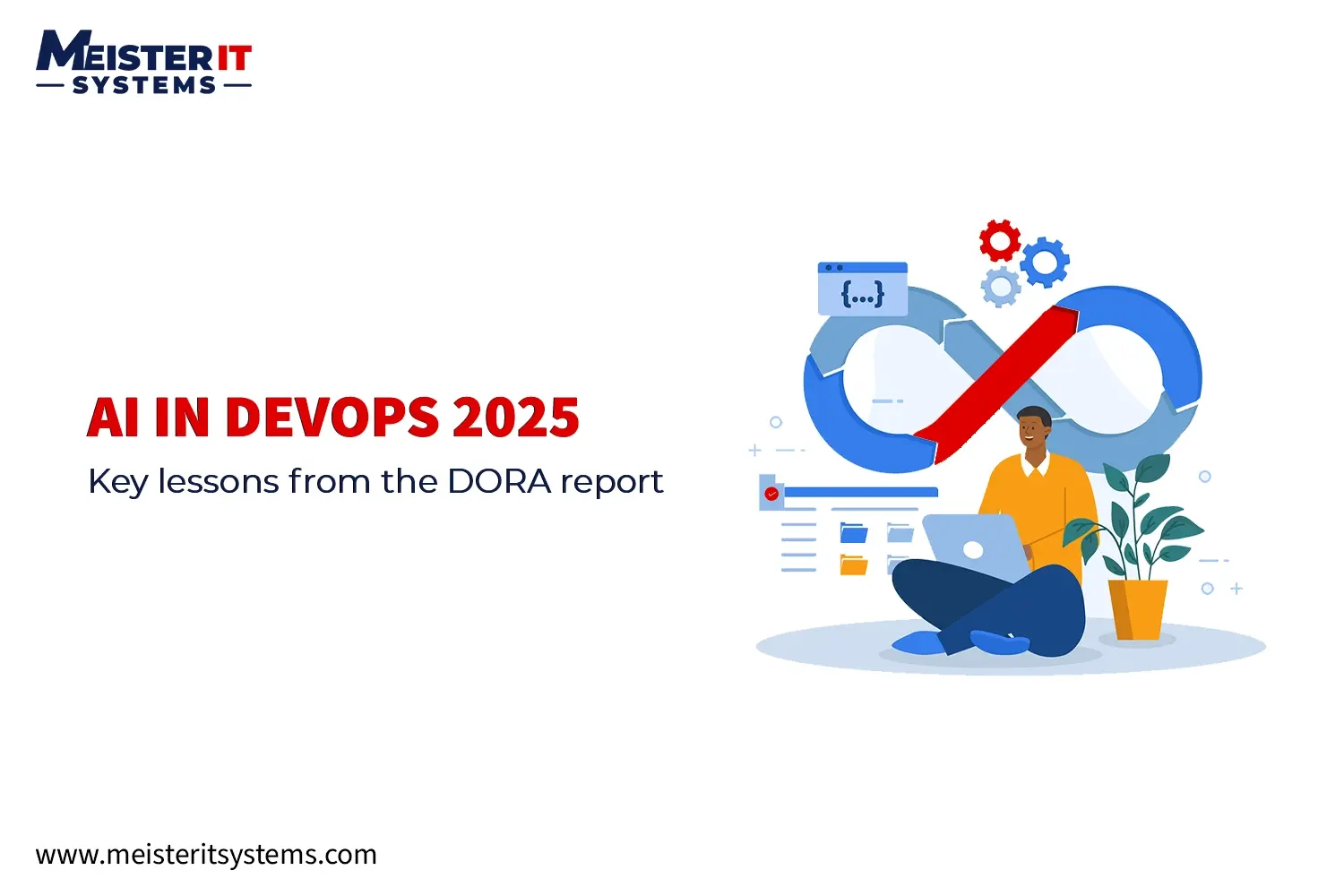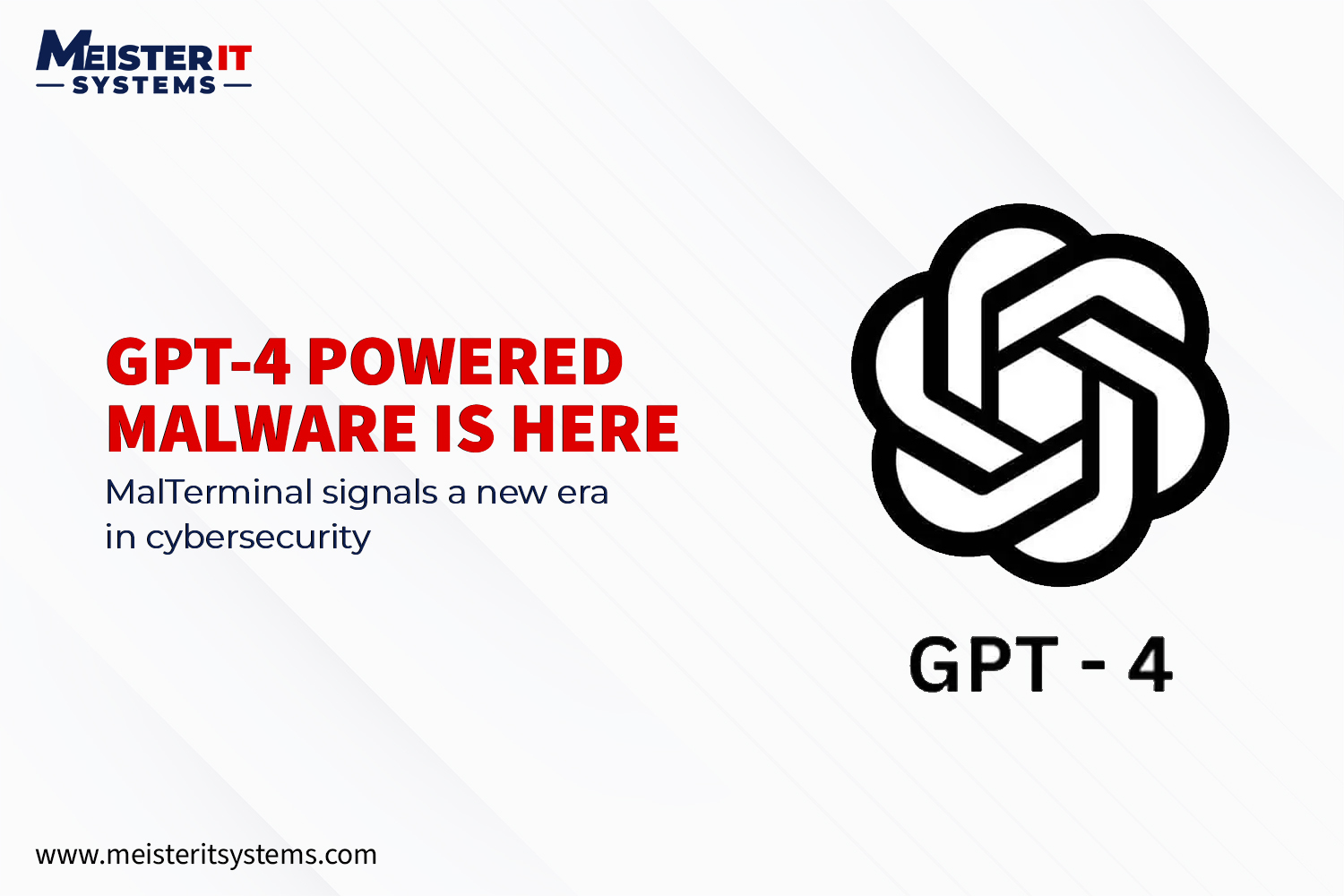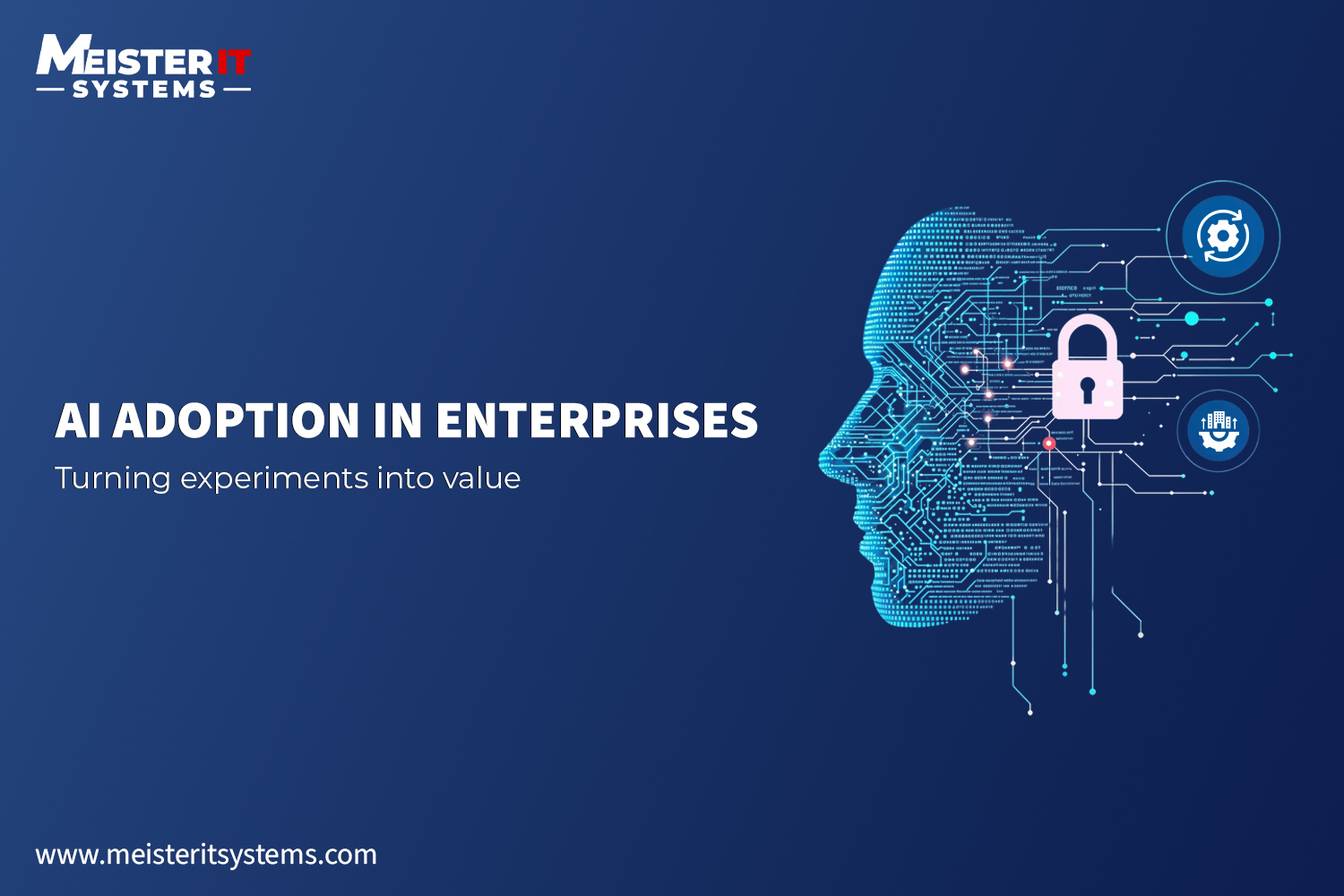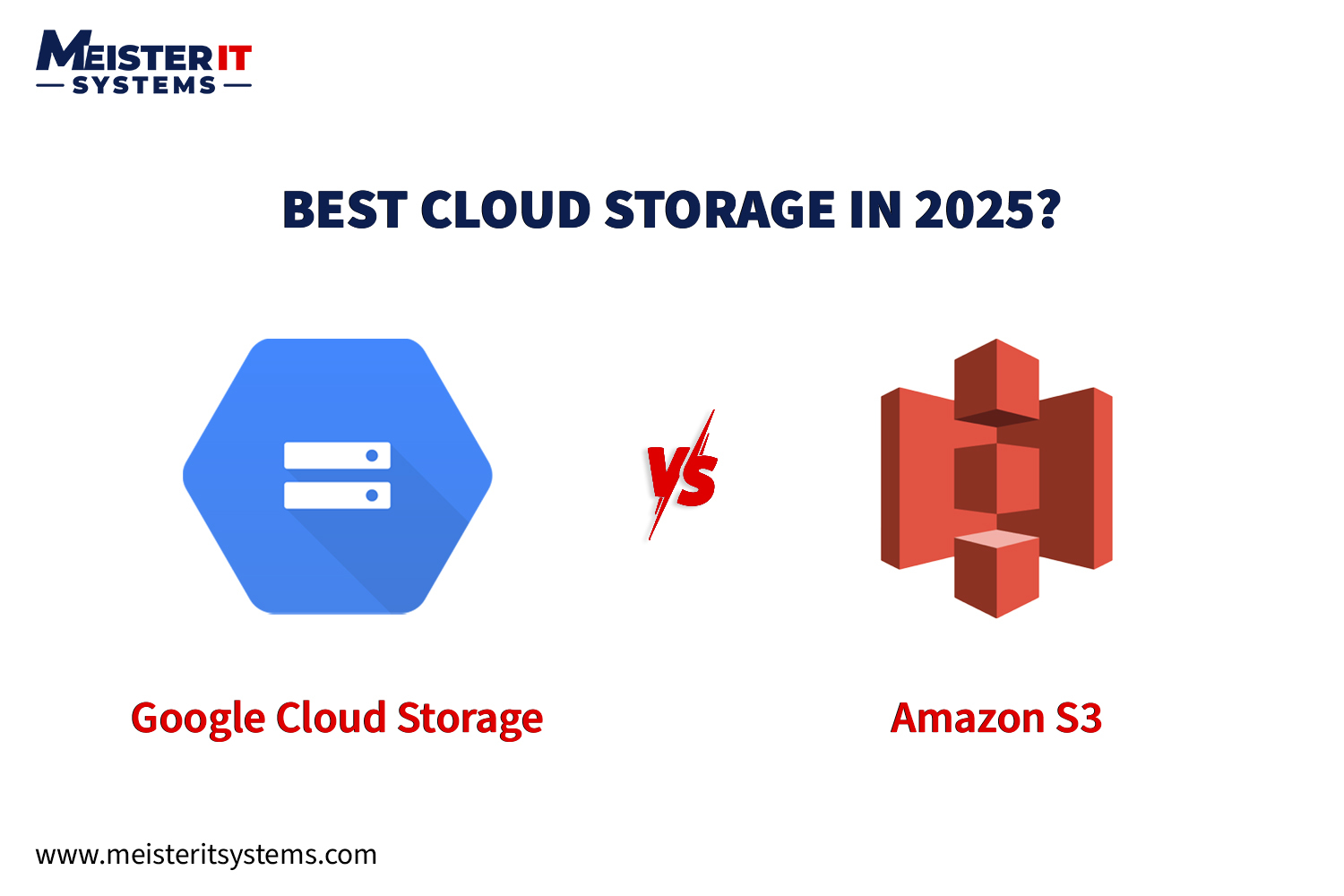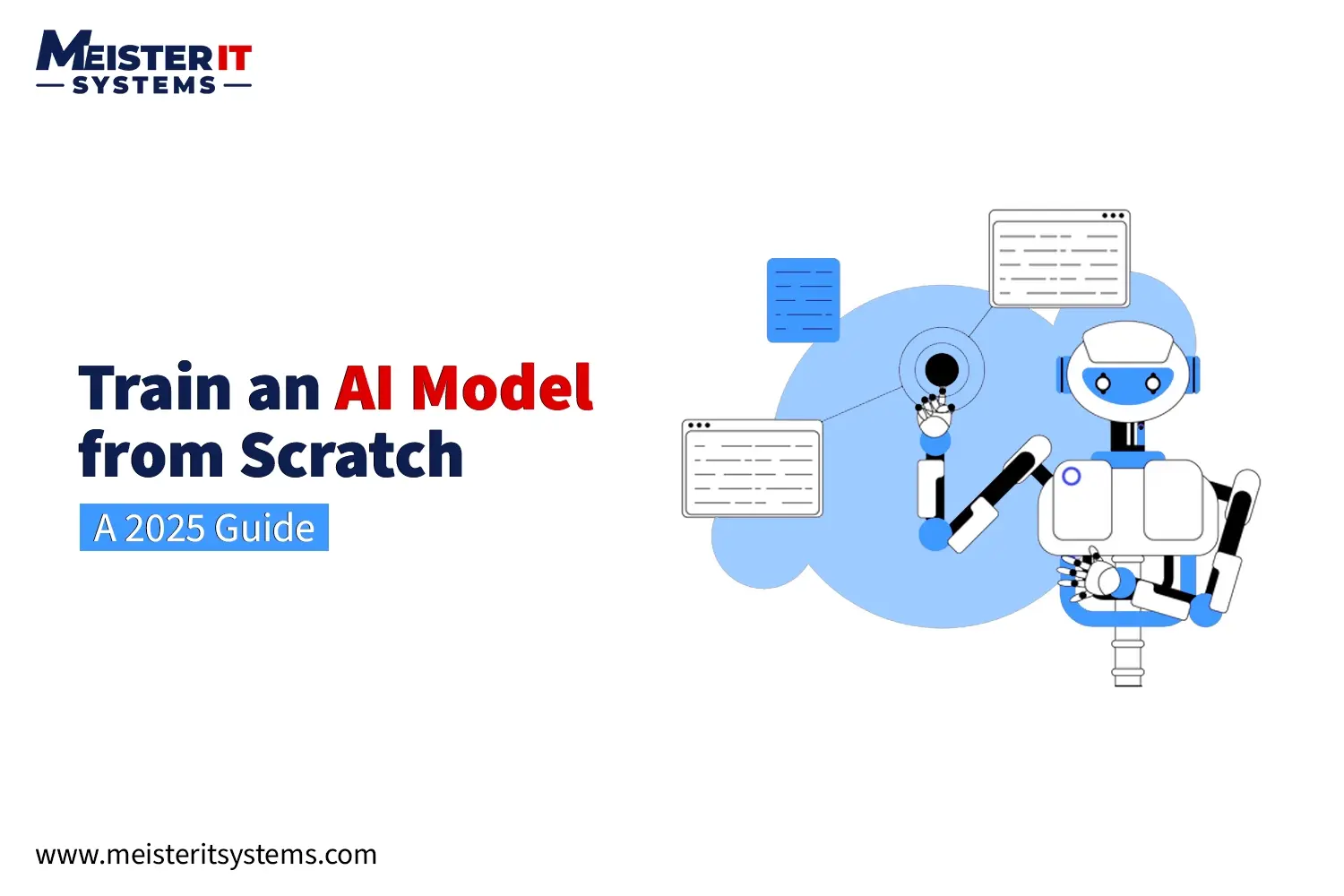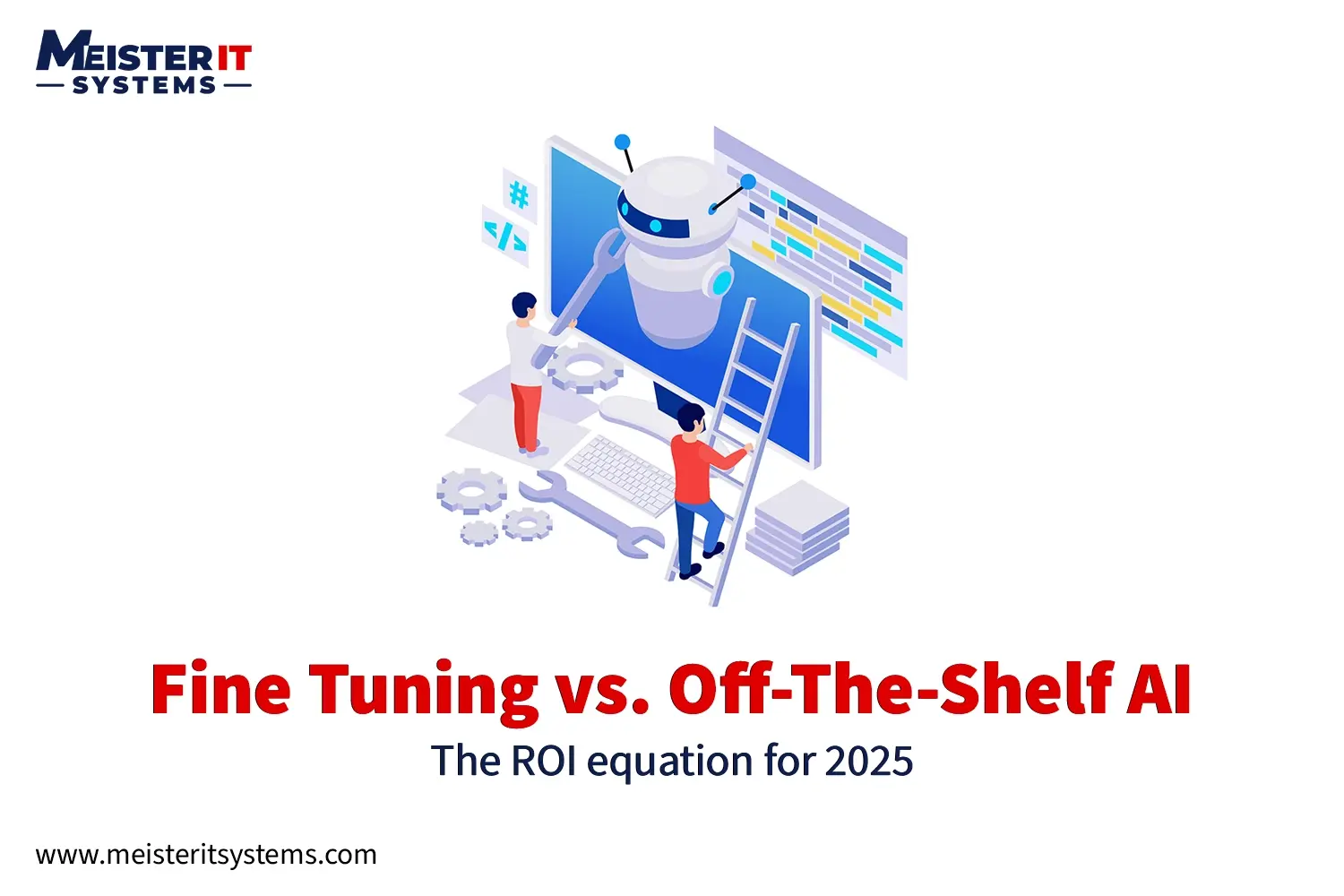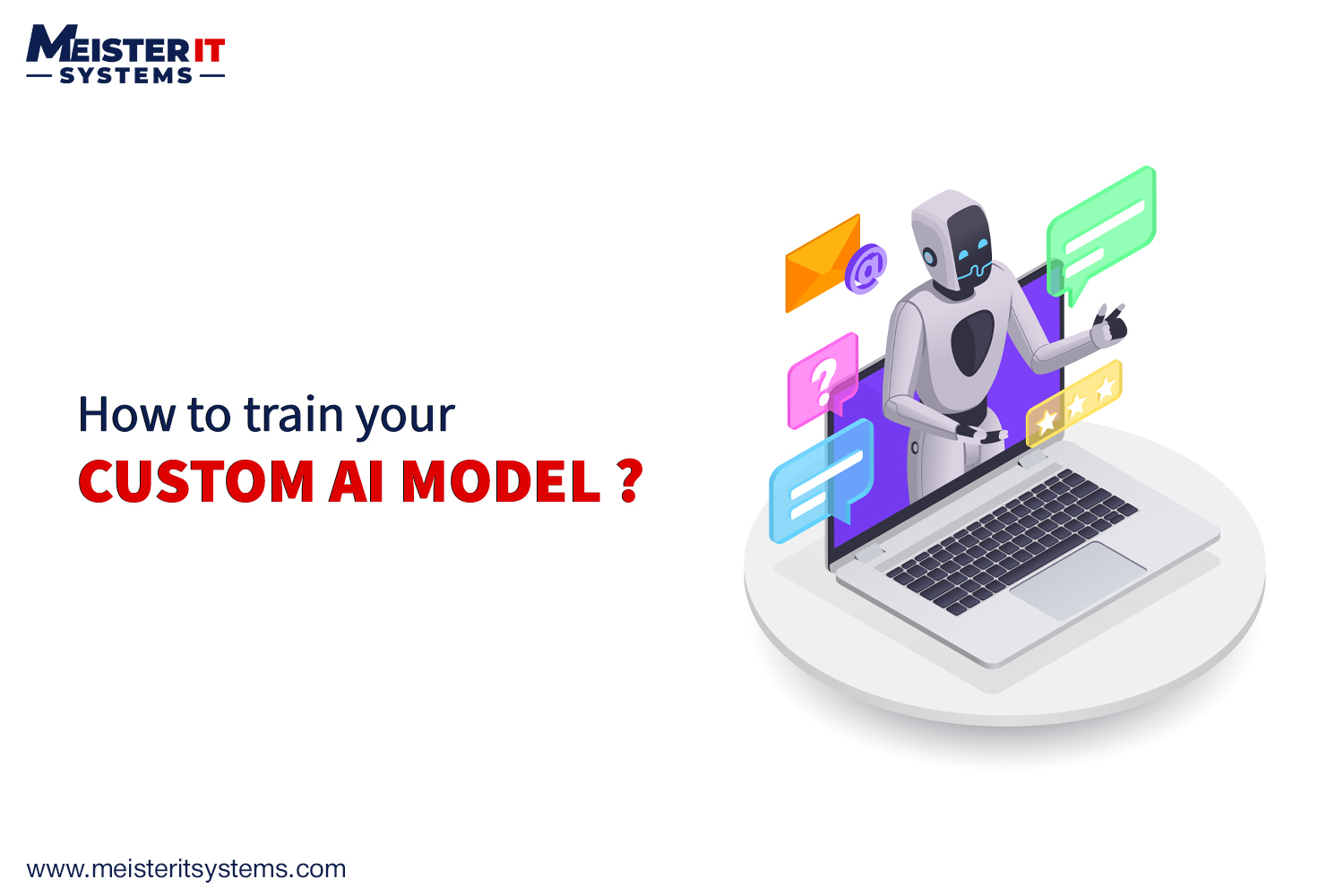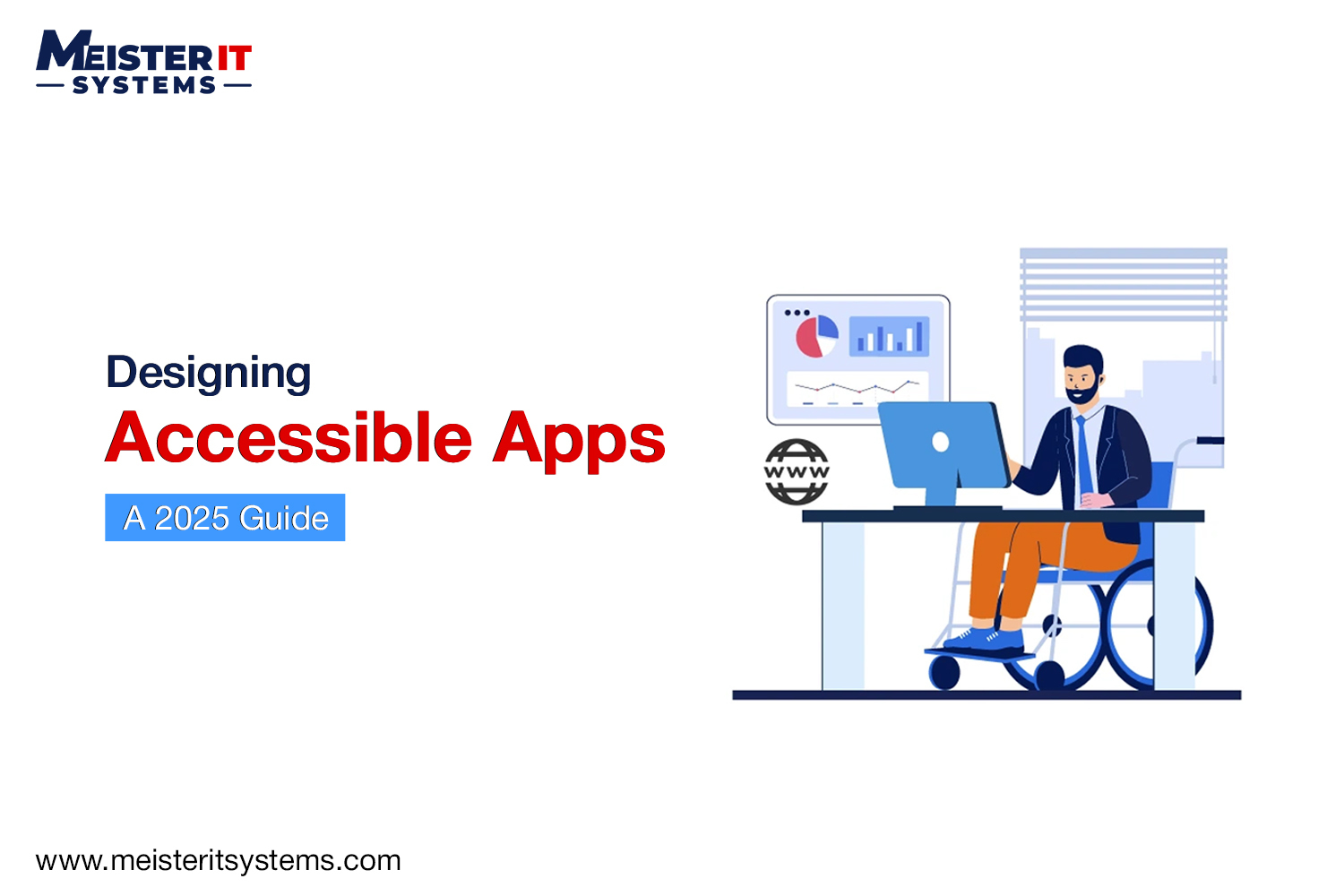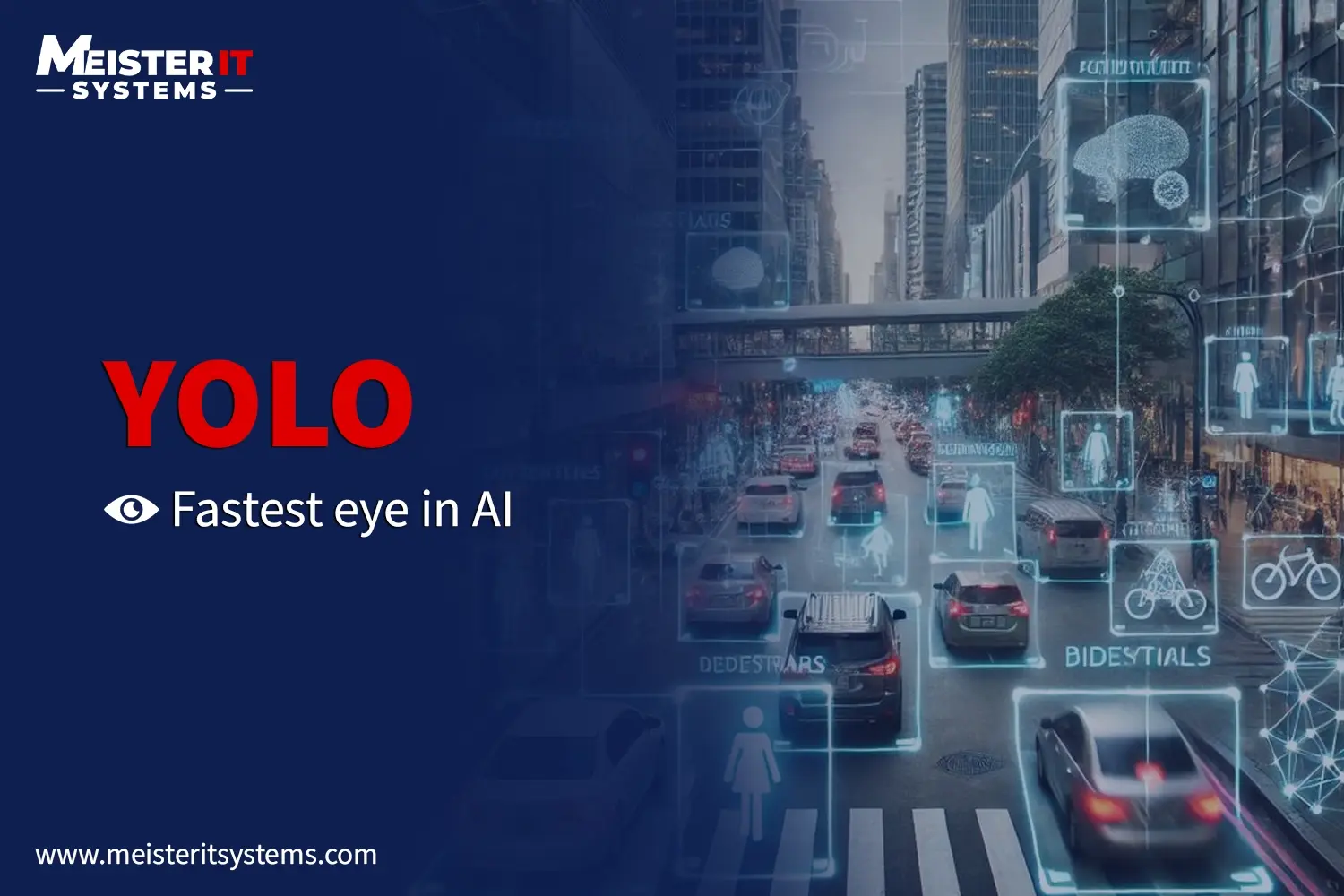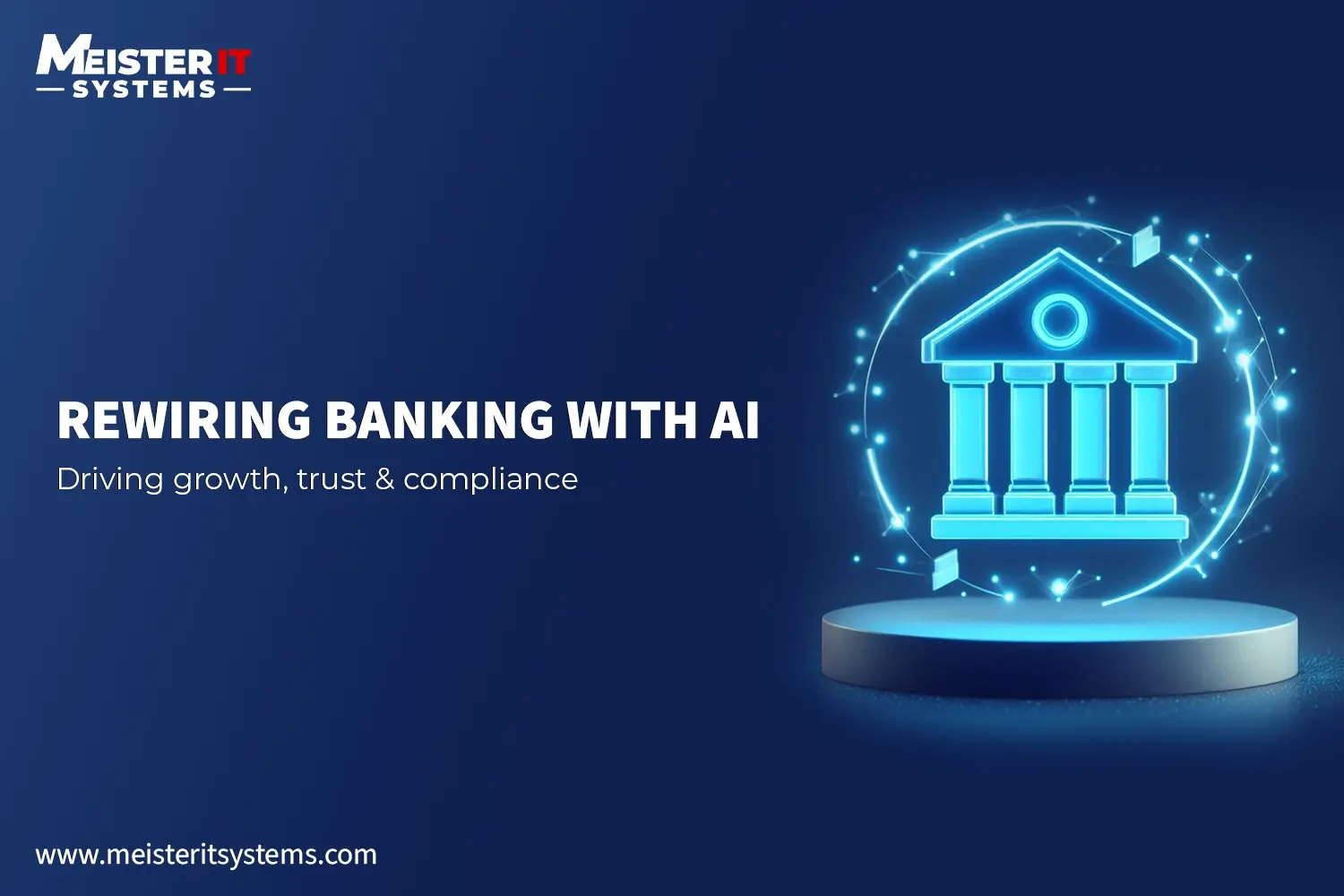
Introduction
Artificial Intelligence is no longer an optional add-on in banking. It has become a strategic necessity. From 24/7 chatbots to predictive fraud detection, AI is reshaping how financial institutions operate and compete. Yet many banks remain stuck in pilot mode, unable to scale AI across the enterprise.
In this blog, we explore how institutions can move beyond pilots and unlock enterprise-wide AI value by modernizing data, embedding AI into workflows, ensuring governance, and scaling adoption with confidence.
The Value of AI in Banking
Banks that successfully adopt AI can gain significant competitive advantages. Some of the most impactful opportunities include:
1. Customer Experience
- Hyper-personalized recommendations and financial planning tools
- Real-time customer support with AI chatbots
- Example: Response times reduced by 70%
2. Operational Efficiency
- Automation of compliance, documentation, and transaction processing
- Example: AI-driven automation helped mid-sized institutions reduce operational costs by up to 25%
3. Fraud Detection and Risk Management
- Predictive AI spots anomalies faster than humans
- Early detection reduces fraud losses and strengthens regulatory compliance
4. Revenue Growth
- AI-driven credit scoring and advisory services open new income streams
- Example: A regional bank approved 30% more loans with lower default risk
5. AI ROI in Banking
- Strategic AI adoption delivers measurable financial returns
- Typical benefits: 15–25% reduction in operational costs, higher revenue from lending and advisory services
- Demonstrates value and helps justify enterprise-wide AI investment
By embedding AI into core banking processes, institutions can move from incremental improvements to transformative business impact.
Common Challenges in AI Adoption for Banks
Despite strong investments in digital transformation, many banks remain stuck in limited pilot programs. The barriers are common across the industry:
- Data silos: Customer and transaction data are fragmented.
- Legacy technology: Outdated systems prevent smooth AI integration.
- Talent shortage: Banks need AI engineers and data scientists.
- Regulatory concerns: Strict compliance slows AI adoption.
As a result, AI often remains a series of disconnected projects rather than a strategic capability.
5 Steps to Rewire Your Enterprise for AI
To extract real value, banks must stop treating AI as an add-on and start embedding it into the enterprise. This requires structural and cultural change.
Step – 1: Build a Modern Data Foundation
AI thrives on high-quality data. Banks must break down silos and create unified, secure data platforms. Real-time access to customer, risk, and market data is essential for accurate and explainable AI models.
Step – 2: Integrate AI into Core Banking Workflows
AI must become part of the daily workflow. Loan approvals, Know Your Customer (KYC) checks, fraud monitoring, and investment advisory should all include AI-driven decision support. Integration is what moves AI from theory to business impact.
Step – 3: Establish AI Governance and Compliance
Trust is critical in financial services. Banks must set up governance frameworks that address bias, fairness, explainability, and accountability. Regulatory compliance must be built into the AI lifecycle from the start.
Step – 4: Upskill and Align the Workforce
AI adoption is not only a technology challenge; it is also a people challenge. Compliance teams, risk managers, and product leaders need to understand how AI works and how to use it responsibly. Upskilling the workforce ensures adoption across departments.
Step – 5: Scale Fast and Avoid Endless Pilots
Many banks fall into the trap of endless pilot projects. To realize value, institutions must adopt a test-and-scale approach. For example, creating a 90-day roadmap to AI adoption gives stakeholders a clear timeline, builds accountability, and helps transition from experimentation to measurable results.
The Role of Advanced AI Capabilities
For some banks, extracting deeper value may require going beyond off-the-shelf applications. Building a custom AI model allows financial institutions to address unique challenges, whether it is fraud detection tuned for regional regulations or personalized wealth management products. This requires more than algorithms. It calls for a dedicated development team that understands both financial services and enterprise AI integration.
In many cases, training AI model workflows on proprietary banking data is what ensures competitive differentiation. Models trained on local compliance requirements and specific customer behavior patterns can outperform generic AI platforms and build real long-term value.
The Future of AI in Banking
The future of banking is not only digital but also intelligent. AI will shape everything from compliance monitoring to product design. Banks that act now will create adaptive, customer-centric enterprises that respond faster to market conditions and regulatory requirements.
Institutions that treat AI as a core capability rather than a side project will be positioned to lead in the digital-first financial era.
Conclusion
Extracting value from AI in banking requires more than just technology investment. Banks must modernize data foundations, embed AI into core processes, ensure governance, and scale adoption to turn AI into a driver of growth and innovation.
Success comes to institutions that integrate AI deeply into their enterprise architecture and culture, not those running endless pilots. Discover how MeisterIT Systems can help your bank unlock AI value.
Contact us for a consultation today!
FAQs: Your Questions Answered
Q1: Why do most banks struggle to scale AI in banking?
A1: Many banks stay stuck in pilot projects because of data silos, outdated systems, and strict compliance rules. Without a strong data foundation and scaling plan, AI in banking cannot deliver full value.
Q2: How does AI improve customer experience in banking?
A2: AI in banking helps with personalized financial advice, smart product recommendations, and faster support through AI chatbots. This reduces response times and builds stronger customer trust.
Q3: What ROI can banks expect from AI adoption?
A3: Banks using AI see 15–25% lower operating costs and higher revenue from lending, advisory, and risk management. The more AI is integrated into banking operations, the higher the return on investment.
Q4: Do banks need custom AI models?
A4: Off-the-shelf AI tools work for many needs, but custom AI models trained on banking data often perform better. They are useful for specific cases like fraud detection, credit scoring, and wealth management.
Q5: How can banks ensure AI governance and compliance?
A5: Banks must set up AI governance to check for bias, fairness, explainability, and accountability. Compliance with banking regulations should be built into the AI development process from day one.
Q6: What skills do teams need for AI in banking?
A6: Banks need AI engineers and data scientists, but also trained compliance officers, risk managers, and business leaders. Upskilling staff ensures AI is used correctly across departments.
Q7: How quickly can a bank scale AI adoption?
A7: With a modern data foundation and clear roadmap, banks can move from AI pilots to enterprise-wide use in 3 to 6 months. A test-and-scale strategy avoids delays and speeds up measurable results.



